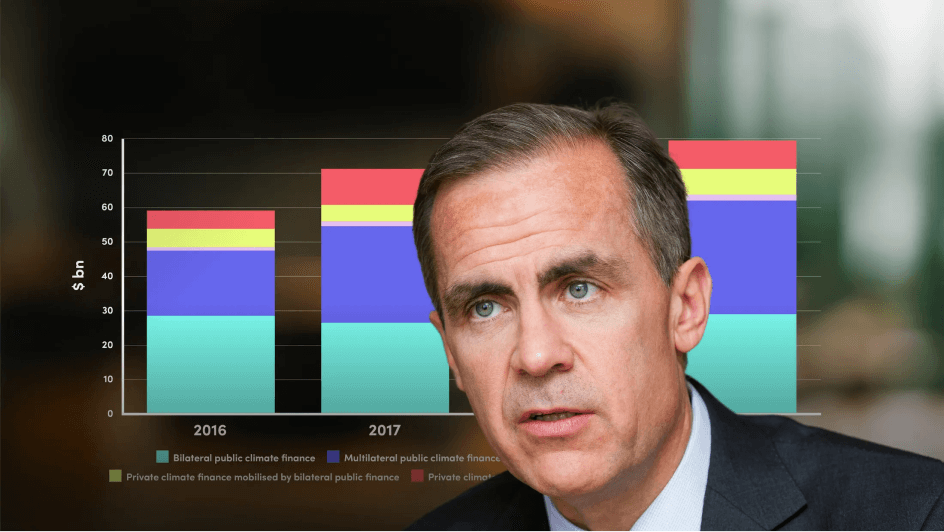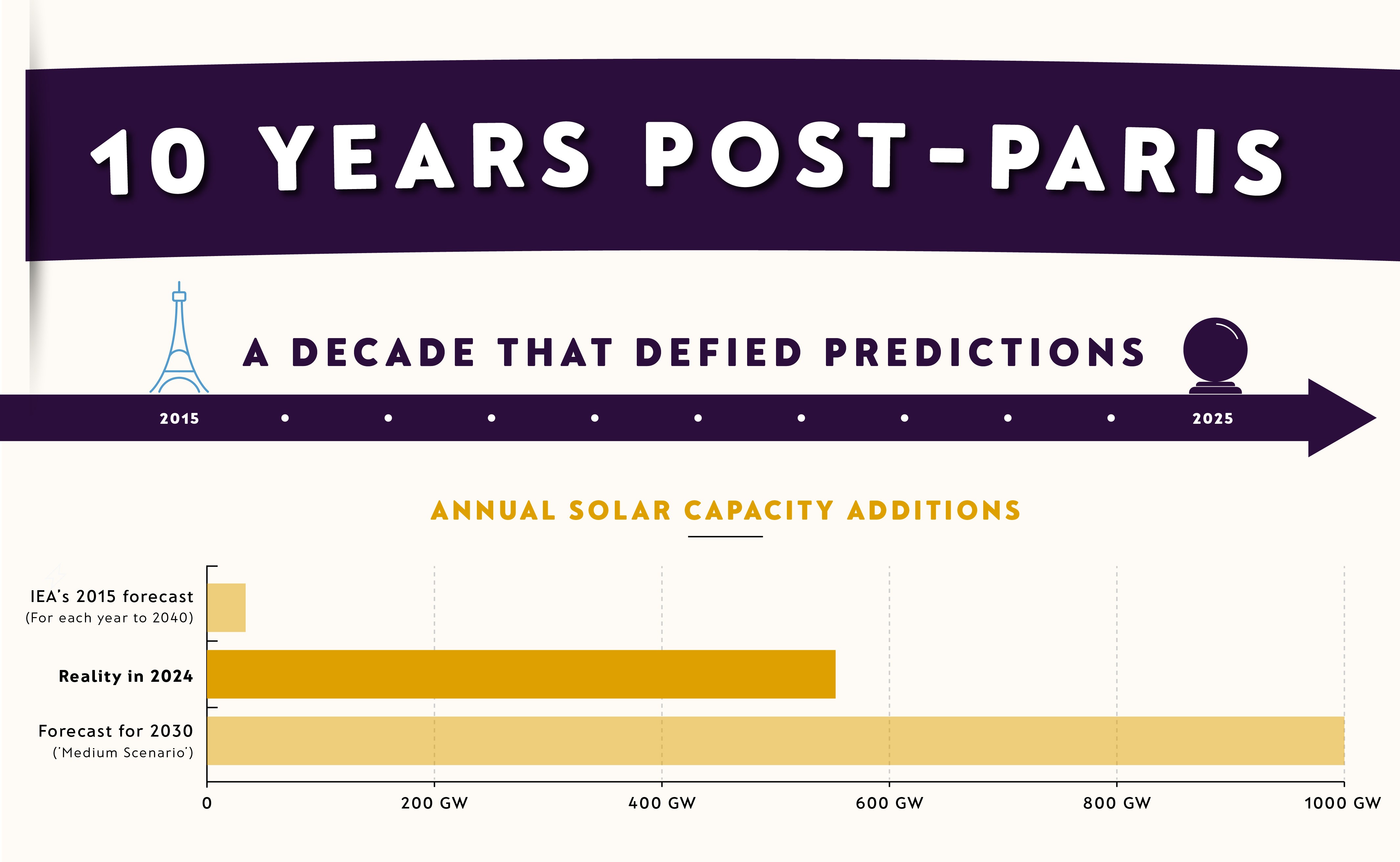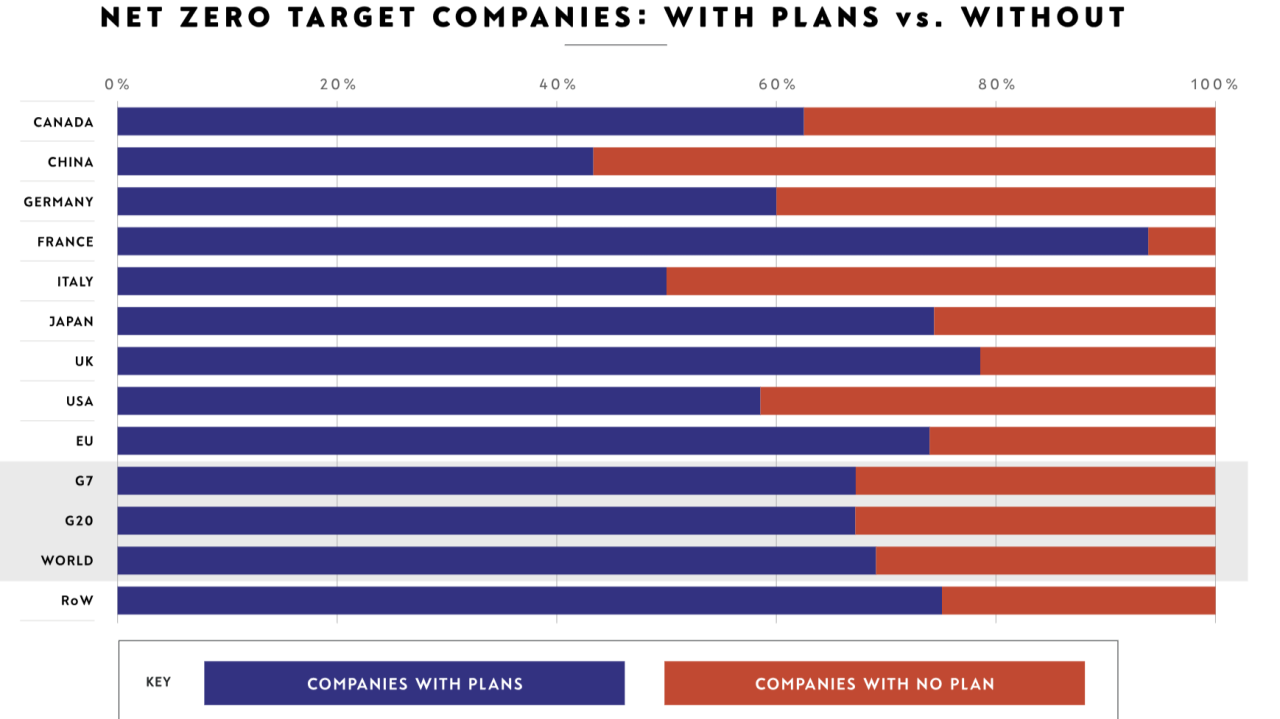
Is compliance hurting your profitability?

Maria Coronado Robles
Here’s what you can do about it

Executive summary
- AI and ESG platforms can streamline reporting, but only when people understand the ‘why’ behind their data and take ownership of quality and interpretation.
- The EU’s Omnibus package in early 2025, which put a “pause” on CSRD, revealed how underprepared many organisations were — not just technically, but in terms of governance, capability, and clarity.
- The European Parliament’s recent rejection of the Omnibus further challenges businesses to find ways to get ahead of on-going uncertainty.
- Companies leading the way are using this window to strengthen systems, upskill teams, and build confidence — turning sustainability from a reporting exercise into business resilience.
Most compliance problems don’t come from companies deliberately breaking the rules, they happen when they try to move faster than their systems and people can handle. According to PwC’s 2025 global survey, three-quarters of companies see compliance complexity reducing profitability, driven by internal gaps, not regulation itself.
If you’ve worked with the new wave of EU sustainability regulations, you know how challenging this is in practice. Reporting cycles are long and data lives in ten different places. Finance and operations teams collect what they need in their own way, making consistency a constant struggle.
Even with advanced data systems that can track almost everything, quality control remains a battle. Data comes from multiple functions doing things in different ways, and somehow we’re all shocked when the numbers don’t match up. Then you have teams spending hours cleaning and reconciling inputs, only to end up with numbers fighting each other.
That’s why so many organisations are investing in AI analytics and integrated ESG platforms. They take some of the pain out of reporting and cut down the manual work. But they don’t solve everything. The issue isn’t just tracking the data, it’s trusting it. And for that, people need to understand what they’re measuring, why it matters, and how their data choices ripple through the bigger sustainability story.
Why technology alone won’t save your sustainability reporting
New reporting tools don’t automatically make an organisation good at managing sustainability. When companies are under pressure to move fast, they implement the tools before the basics are in place. You can have the best platform on the market for carbon, ESG, CSRD, etc., and still face the same problems. Meaning the tool just mirrors the confusion that already exists, you are just digitising the chaos.
Sustainability platforms can technically standardise definitions and workflows, meaning they can accelerate alignment, but only if that groundwork has already started internally. They still rely on human agreement on what those definitions are and who’s responsible for what. Even great platforms can’t make sustainability and finance talk to each other unless both sides are aligned on context and accountability.
The quality of a report often mirrors the quality of the systems and collaboration that sit underneath it. When the first wave of CSRD-aligned reports landed in 2025, that gap became visible. Companies were using the same directive, but providing completely different outcomes. Some reports were just a few pages, others hundreds. Some were compliance-focused, others had exhaustive disclosures covering many material topics and value-chain data. Those differences weren’t only about sustainability ambition or interpretation of the regulation itself, they reflected how ready each organisation was behind the scenes.
From compliance to competence
The biggest gap we see is in how equipped teams are to understand and use the data they already have. You can tell a lot about a company’s progress by how confidently people handle their numbers and understand what they mean. When people know and trust their data, they trust their decisions, and that’s the first real sign of sustainability maturity.
In those organisations, teams don’t wait for new regulations to tell them what to do, they already know how sustainability connects to their role and daily decisions. Accountability grows naturally, not from new rules, but from clarity in ownership and decision-making.
That clarity gives people permission to act, and that’s when things start to move. Rules don’t create change, confidence does. And it’s built through skills, systems, and understanding that make action possible. That’s why we focus on helping organisations build capability across teams, so sustainability is not a reaction to regulation, but something translated into execution and embedded in how work gets done every day.
CMS, a future-facing international law firm and xUnlocked’s partner, is taking this embedded approach. We’re particularly proud of the two-way learning exchange: lawyers across CMS contribute specialised video content to the platform and share valuable legal insights with learners, and simultaneously, the CMS team has been upskilling through xUnlocked courses, broadening their perspective on sustainability issues.
“By partnering with Sustainability Unlocked, we are equipping our people with knowledge that extends beyond legal training. We are providing them with a broader and more holistic perspective on sustainability issues, enabling them to confidently engage with clients, colleagues, and the community while being well-prepared for the challenges of the future,” says Barbara Mendler, Chief Operating and Sustainability Officer, at CMS UK. “The high level of engagement we’ve seen so far reflects our commitment to sustainability for our people, clients, and communities.”
The pause that exposed the execution gap
When the EU paused parts of the Corporate Sustainability Reporting Directive through the Omnibus package in early 2025, the official rationale was to reduce complexity, lower compliance costs, and make sustainability reporting more manageable for both companies and regulators.
In reality, iIt pulled the curtain back on how unready most organisations still are. Many companies simply didn’t yet have the knowledge, capabilities or coordination needed to meet the full scope of the regulation. For them the original timelines were brutal, they didn't have the systems and half the people who suddenly had “ESG” in their job title were still figuring out what the acronym actually meant in practice.
By April 2025, the European Parliament approved the so-called “Stop-the-Clock” amendment, officially giving companies more time to comply. While the pause looked like a break, inside most companies it felt more like standing still on a treadmill that was still running. For teams already deep into CSRD implementation, it brought confusion: “Do we stop? Do we keep going?”
Then, before anyone could catch their breath, we were right back in limbo. On 22 October 2025, the European Parliament rejected the compromise text of the Omnibus simplification package. The split vote made one thing clear: simplifying sustainability regulation isn’t just a “business relief” story. It’s political, ideological, and reputational, it is a debate about what Europe wants to stand for, and what kind of economy it’s willing to build. It’s no longer a technical conversation about disclosures or assurance; it’s a test of ambition, alignment, and credibility.
The EU is divided between those who see regulation as a burden and those who see it as a competitive advantage. For companies, that division translates into uncertainty. Businesses can’t afford to build their plans around policy cycles, they have to build resilience, with systems and governance that hold up regardless of which way the policy wind blows.
Some will sit tight, refreshing EU updates, waiting to adapt “once things are clearer”. Others are already moving because readiness has never been about timelines alone. You can shift the deadline ten times, it won’t matter if your workflows, data quality, and governance are still a mess. Extra time only adds value if you use it to build capability. Otherwise, the same gaps just show up again under a new date.
The leaders we work with aren’t waiting for Brussels to decide what comes next. They’re using this window to tighten ownership, stress-test their systems, and figure out what’s actually working. Not because regulators demand it, but because it makes their businesses stronger. The message for anyone building or running a business is the same: don’t wait to find out which side wins. Build resilience now.

Inside the execution gap
Some are still figuring out what they actually need to disclose under CSRD — what to measure, where the data lives, who even owns it. Others have the frameworks, policies, and consultants in place… but are still struggling to make any of it work at scale. And even for those with years of reporting experience things can go wrong when that knowledge doesn't translate into consistent, everyday business activities and decisions.
For example, say you have your materiality matrix and clear sustainability goals, and you’ve been reporting on them consistently. Yet procurement is still choosing suppliers mostly on cost, and finance is still not using ESG data to guide where the money goes. Those are the blind spots in your reporting, and the visible signs of a deeper issue: the execution gap!
That’s where intent meets the messy reality of data, timelines, and people. Closing it takes time and practice. You need to build the muscle to collect, check, and connect reliable data across finance, operations, and sustainability, and keep doing it quarter after quarter, until it becomes second nature. Muscles only work when they’re connected, and teams are the same. Strength comes from how well they pull together.
The muscle you’re building isn’t technical, it’s human. No matter where you are on the CSRD journey, the foundation is the same: education and capability. Your people need to understand the “why,” know what good data looks like, and have the confidence to own their part without losing meaning in translation.
The companies that seem to be making the most progress are doing a few things differently:
- Re-mapping processes around disclosure requirements instead of layering new reports onto old systems.
- Standardising language and metrics so finance, risk, and sustainability speak the same dialect.
- Investing in human capability, building fluency across teams, not just compliance.
- Linking incentives, tying progress on sustainability KPIs directly to operational and financial performance.
These aren’t comms strategies, they are operational shifts. They take time, negotiation, and repetition, but they’re the steps that take companies from cosmetic compliance to integration and credible delivery.
Building the execution muscle
We’ve seen how easy it is for teams to get stuck on definitions. Words, like materiality or impact, mean different things depending on who you ask. The reality is that sustainability sits at the intersection of every discipline — finance, legal, risk, ops — and none of them speak the same language yet. This results in meetings that should focus on strategy and decision-making becoming sessions to clarify terms internally before they can move forward.
Most organisations don’t even have a clear picture of what they already know, or what they don’t (see our recent insight Are knowledge gaps or disparities blocking your sustainability success?). Maybe you’ve got climate data experts but zero experience with assurance, or solid financial controls but no clear ownership of sustainability metrics. Without that visibility, leaders end up reacting to problems instead of staying ahead of them.
Then there’s the tech trap, we love a shiny new tool. But too often, the systems get rolled out before the people and processes are ready. So the same broken workflows just move into a digital format.
Deloitte’s 2025 Corporate Reporting Insights and C-suite Sustainability reports found that over half of surveyed firms are adopting digital tools for sustainability data, but many lack the governance or integration to use them effectively. The report called it a “volatile digital risk landscape.” Translation: fragmented systems, unreliable audits, and fancy dashboards that don’t tell you much you can trust.
For smaller and mid-sized firms, the challenge can feel even heavier. The CSRD scope feels massive when your team’s already stretched thin. But SMEs have something bigger companies lost along the way. They move faster, test ideas and fix things on the fly. The ones leaning into that speed, not waiting for perfect systems, are quietly overtaking the giants.
Almost every execution failure comes down to two things: uneven capability and misaligned incentives. Many teams still lack the skills, context, and confidence to deliver sustainability effectively. Not just the technical know-how, but the leadership muscle to turn data into decisions. And without incentives that don't support and reward collaboration and accountability, it’s hard to sustain progress or embed sustainability into daily work. The fix starts with people, giving them the confidence, fluency, and shared understanding to make sustainability data reliable and usable, not just reportable.
KPMG’s 2025 Audit Committee Survey found that 36% of audit committee members cited significant capability gaps in ESG expertise and data management readiness. Boards admitted to a “mismatch between growing responsibilities and existing capacity,” with resource strain and over-reliance on technology listed as recurring pain points.
So here’s what actually works in practice:
- Building confidence across functions so sustainability is part of daily performance, not just an annual audit.
- Upskilling at scale with adaptive learning paths that evolve alongside regulations.
- Connecting data, finance, and sustainability so insights are actionable and reconciliations shrink from weeks to hours.
- Measuring impact with learning and performance metrics that prove ROI to boards and investors.
The companies that lead the next phase will not be the ones that move the fastest, but the ones that build capability that lasts.
The opportunity ahead
It’s been a strange year for sustainability regulation, full of adjustments and second thoughts about what CSRD and CSDDD should really look like. One step back, two steps sideways. But in all that stop-start motion, something useful has happened. The pause has created a rare window to mature, a chance for companies to rebuild their foundations, to strengthen data systems, align governance, and prepare people for what’s next.
We work with organisations at every stage of that journey, helping them build the internal strength to keep improving, so data connects across teams, people have the confidence to ask the right questions, and decisions balance commercial and sustainability outcomes.
Because the uncertainty won’t last forever. Once EU negotiations (the trilogues between Parliament, Council, and Commission) begin, timelines will settle and the new versions of CSRD and CSDDD will take shape. When that happens, the companies that used this time to strengthen their systems won’t just be compliant, they’ll be credible.
And credibility pays. When sustainability data becomes as trusted as financial data, compliance stops being a drag on profitability and starts driving it through better decisions, smarter resource use, and stronger resilience.
That’s the real opportunity ahead: to turn what began as a regulatory obligation into a long-term advantage.

Maria Coronado Robles
Share "Is compliance hurting your profitability?" on
































